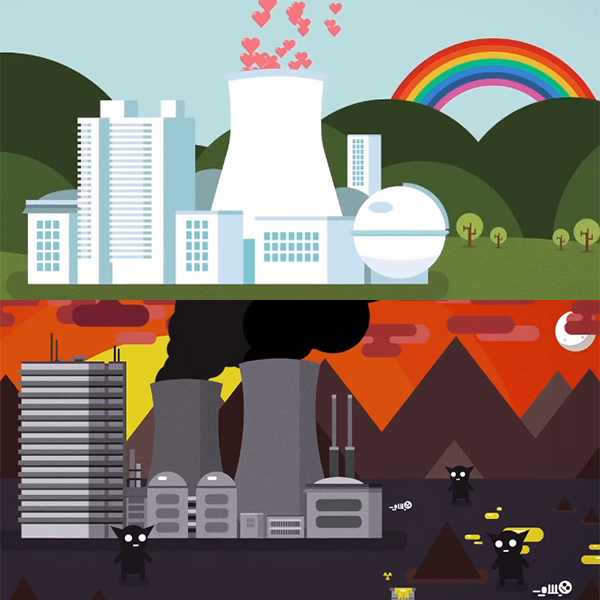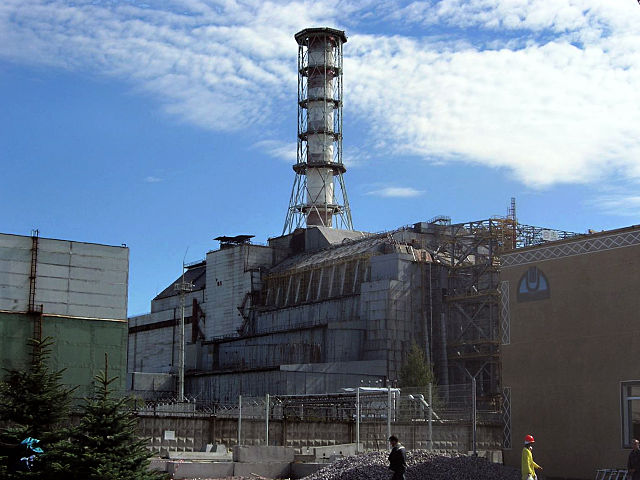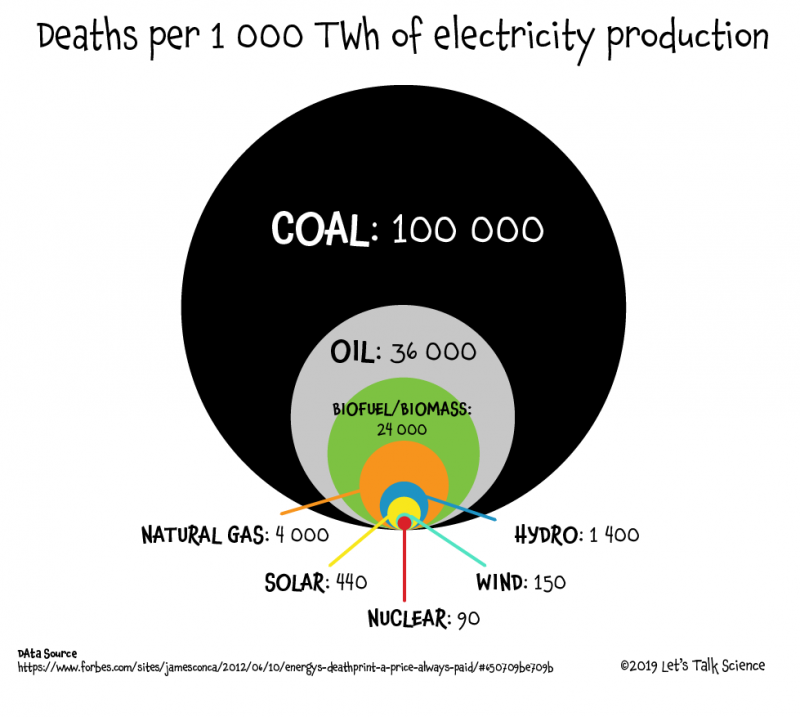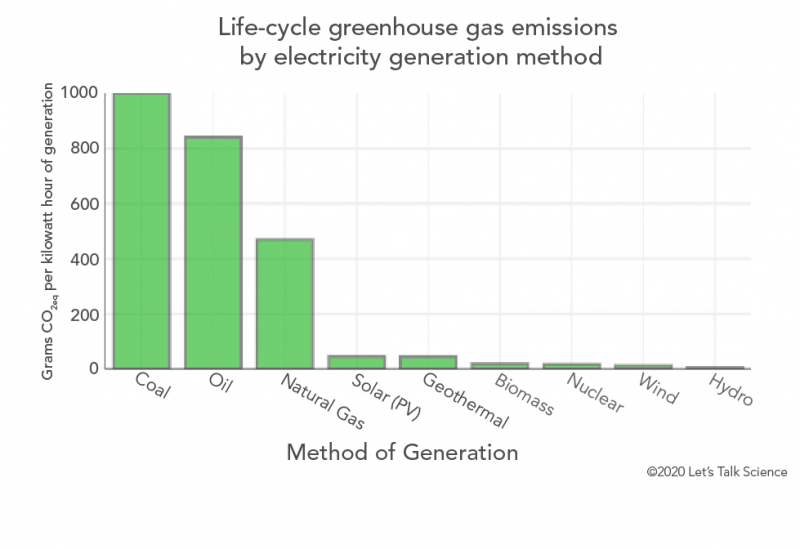What are the Pros and Cons of Nuclear Energy?

Screen captures from embedded Kurzgesagt – In a Nutshell videos

Screen captures from embedded Kurzgesagt – In a Nutshell videos
9.1
How does this align with my curriculum?
Curriculum Alignment
BC
10
Science Grade 10 (March 2018)
Big Idea: Energy is conserved and its transformation can affect living things and the environment.
YT
10
Science Grade 10 (British Columbia, June 2016)
Big Idea: Energy is conserved and its transformation can affect living things and the environment.
NU
9
Knowledge and Employability Science 9 (Alberta, Revised 2009)
Unit D: Electrical Principles and Technologies
NU
11
Science 24 (Alberta, 2003, Updated 2014)
Unit B: Understanding Common Energy Conversion Systems
NT
11
Science 24 (Alberta, 2003, Updated 2014)
Unit B: Understanding Common Energy Conversion Systems
BC
11
Earth Sciences 11 (June 2018
Big Idea: The transfer of energy through the atmosphere creates weather and is affected by climate change.
ON
11
Environmental Science, Grade 11, University/College (SVN3M)
Strand B: Scientific solutions to Contemporary environmental Challenges
ON
11
Environmental Science, Grade 11, University/College (SVN3M)
Strand C: Human Health and the environment


